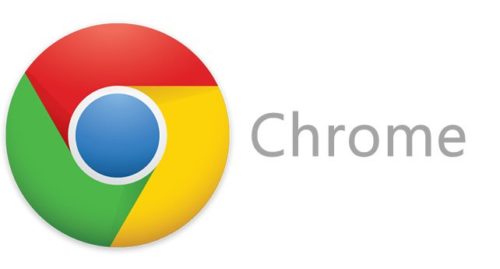52/6 Herbert Street
ST LEONARDS 2065
02 8007 2930
ua.moc.egdetroppus@troppus
52/6 Herbert Street
ST LEONARDS 2065
02 8007 2930
ua.moc.egdetroppus@troppus
Google Chromes latest version 32 was released on 15th of January.
The latest version of Google’s browser has a few new additions that should prove popular with users, most notably a speaker icon which appears on tabs that are currently making noise.
Chrome 32’s other additions include stronger Safe Browsing malware – in which the browser will now automatically block all malware files and then alert you to it at the bottom of the screen
Google has also announced that the new browser has addressed 21 security issues, as well as fixing bugs and improving stability.

The most common data recovery procedure we perform involves a computer that won’t boot due to a drive failure. This is most often caused by a bump or a knock to the computer while the hard disk is writing critical data. Sometimes the head physically crashes into the the plater. This is where the term ‘hard drive crash’ originated. Of course failure of spinning hard disks happens for many reasons include wear and tear. Some drives spin at 10,000 rpm with as little as 3 nanometres separating the drive head from the disk plater. This provides very little room for error. Something that goes hand in hand with data recovery is your backup plan. If you don’t have a backup policy in place please contact us straight away for a tailor made solution. To ensure we can recover as much data as possible stop using the media or the effected computer straight away. Stage one recovery prices start from only $250 for most media types including hard drives, discs and flash cards. This price includes GST and the replacement drive. In most situations we can recover your data in this first stage. The second stage of disc recovery is the [&hellip
Supportedge is an environmentally conscious workplace that practices what it preaches. Three things the average consumer can do and we encourage consumers to do, to reduce your business’ and households’ environmental impact are: 1) Recycle your electronic waste (e-waste): “Australians generate more than 140,000 tonnes of e-waste each year and most of it ends up in landfill,” as stated on the City of Sydney’s website. There is an e-waste depot that you can drop your electronic goods off in Ultimo, Sydney. It is open on allocated days throughout the year. For more information on what days the depot is open or to find out more about how to recycle your e-waste read this brochure from the City of Sydney’s website. Or visit Planet Ark’s website for your closest recycling facility. 2) Invest in long-lasting appliances and maintain them so you get a longer-life out of them: “You can save money and reduce energy use by buying the right appliance for your needs and using it efficiently. The position of the appliance, how you operate it and how you maintain it all affects how much energy is used – for example, placing your refrigerator next to your oven will make it work [&hellip
No Technology Strategy? It’s Costing You Money. Everything in your business revolves around the performance of your IT. IT is the backbone on which businesses succeed, so a managed service agreement supplied by an MSP with experience is key to the success of your business, helping to streamline your IT and keep your business running efficiently for a flat cost every week. Established in 2000, Supportedge have 19 years’ experience protecting and maximising clients systems for performance. Our help desk is in Sydney and based at our St Leonards office. We also have a local presence in Cambelltown and Bankstown. Do you have doubts about your current service agreement or no service agreement at all? Are you getting what you pay for with your IT support? Call 02 8007 2930 or you can upload your current service agreement below if you have one, or just send us your contact details right now to get started on a free review. There’s no risk to you, worst case is we will be able to reassure you that you’re getting a great deal from your current provider or will be able to offer more services for less. We lower your costs with pro-active [&hellip